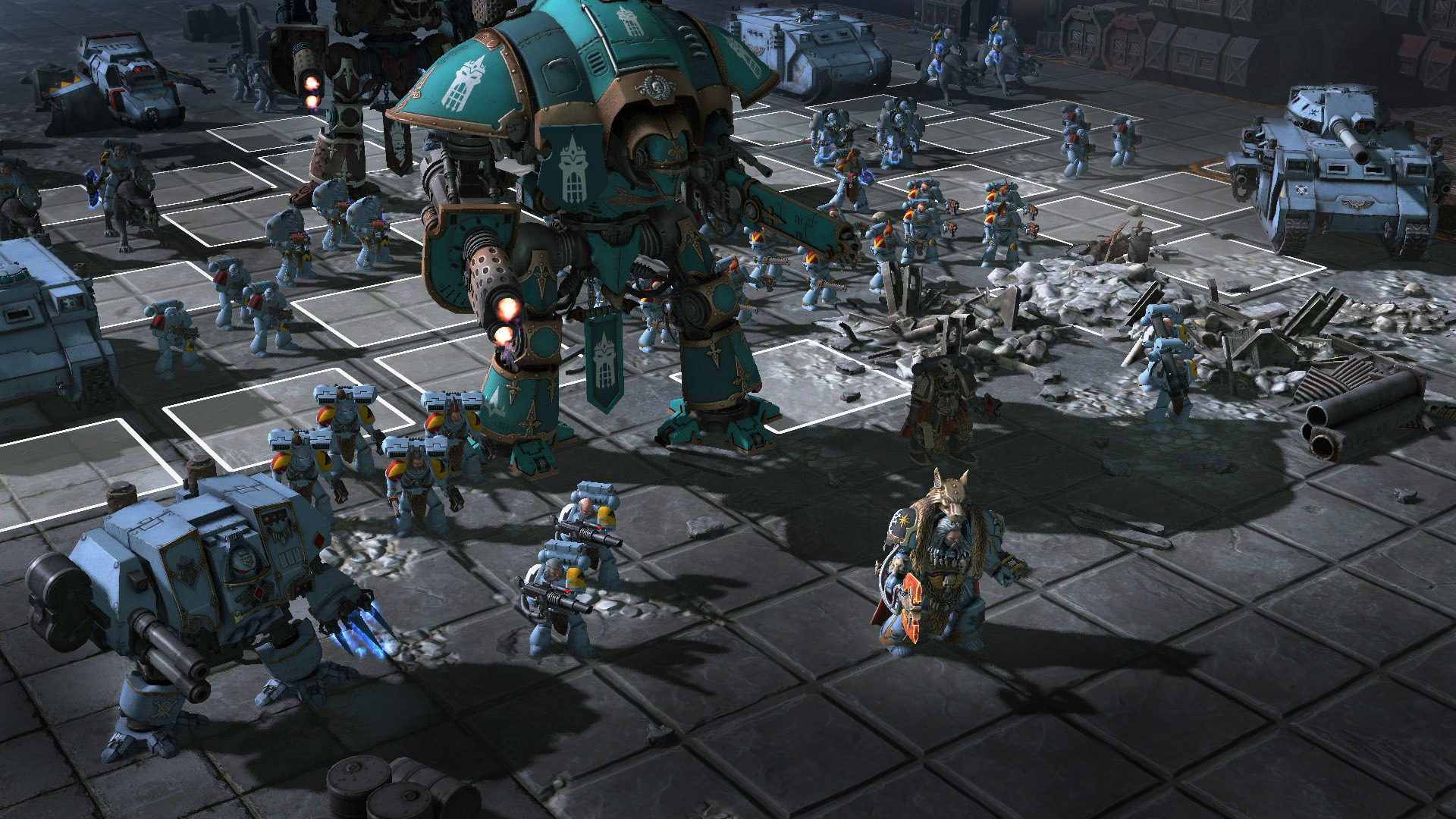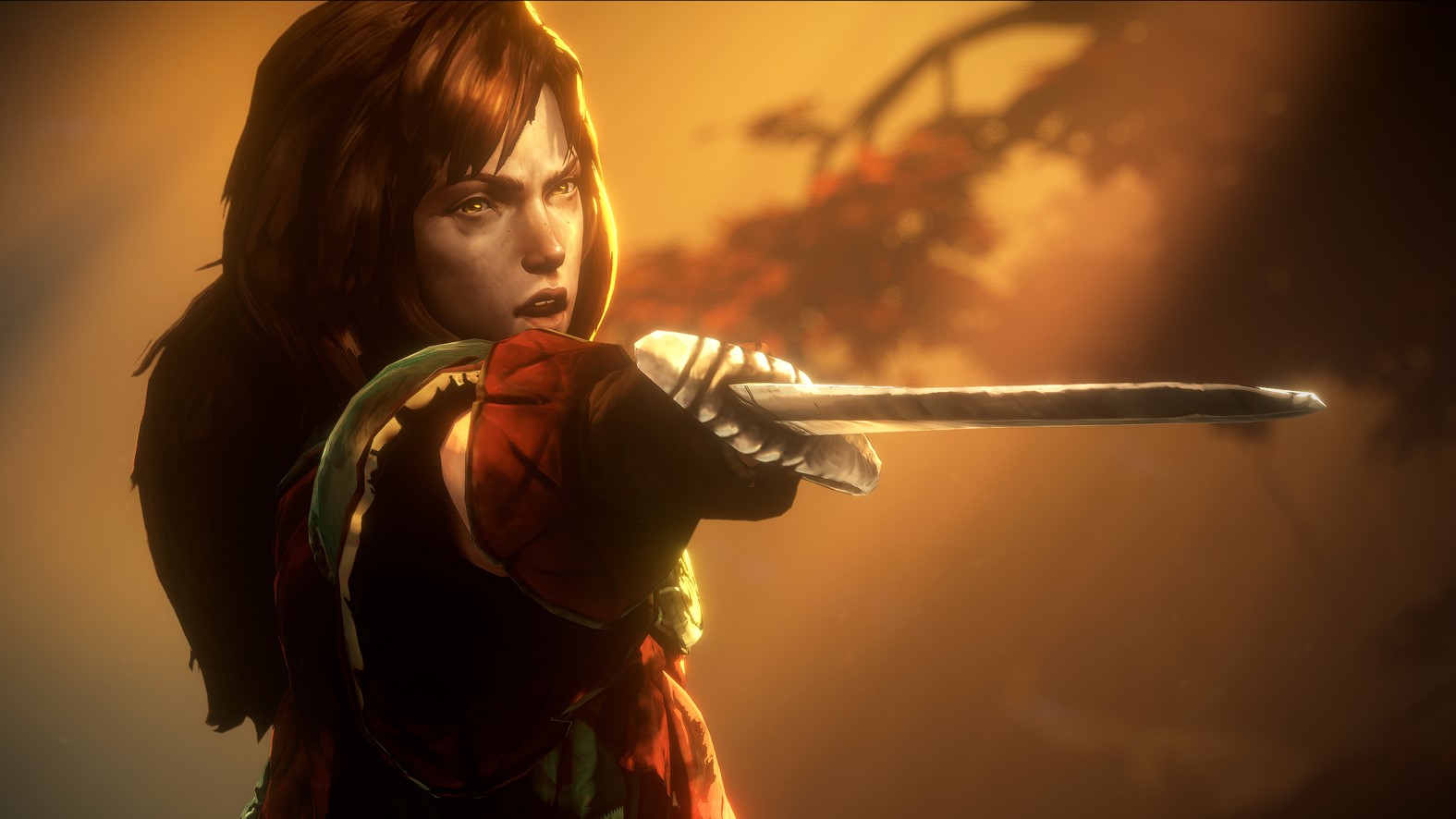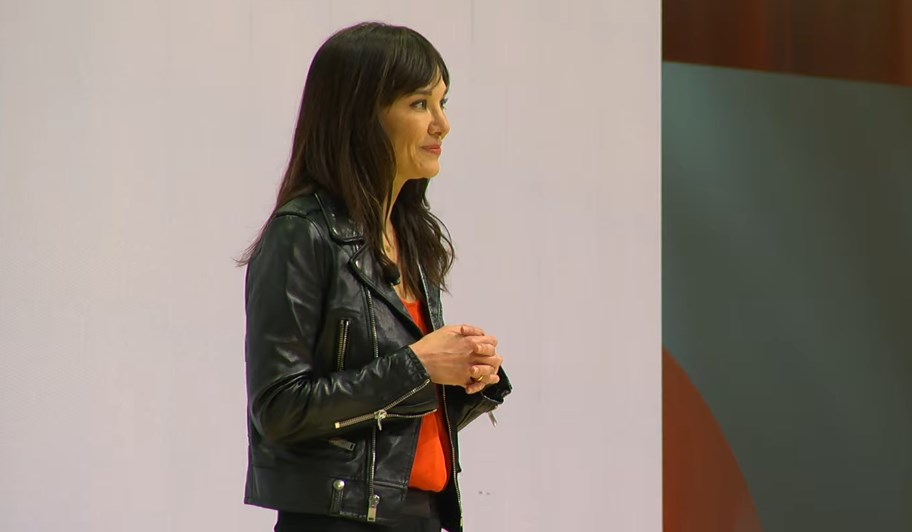
Bodycam Early Access Review
There’s a concept in business called a “fast follow.” The idea, essentially, is that one company shows a product it’s working on, and another imitates it and gets their version out quickly, taking advantage of the buzz and beating the original to market. Bodycam, made by the two-person team of Reissad Studio, looks very much like it is fast-following Unrecord, a first-person shooter from the perspective of a police bodycam that garnered a lot of attention for its exceptionally lifelike graphics. That’s not necessarily a bad thing – Fortnite adding a PUBG-like battle royale was a literal game changer, for instance. Unfortunately, that’s not the case with Bodycam. While it is an interesting proof of concept in its early access phase, it has too many critical design blindspots to be a good shooter just yet.
The idea behind Bodycam is creative, and the mix of a rounded lens, dust on the glass, and rough movement does a good job selling the vibe of actual police-style footage. It pairs well with high-quality textures, dense debris, and lush foliage to make a visually impressive game. The lighting effects in particular are excellent, with a broad range from pitch-black hallways to blindingly bright flashlights factoring heavily into the strategy in the team-based modes.
Unfortunately, the concept just isn’t great for a competitive first-person shooter because you don’t gain anything by having a worse view of the world. It makes locating and shooting enemies more awkward, and it doesn’t contribute to the experience thematically. Police aren’t looking through a camera when they’re actually in a shootout, and, as you aren’t actually playing as law enforcement, it doesn’t say anything about the state of policing. It’s also a bit strange the way aiming down site means your character is lifting the gun to their chest to be in front of the bodycam, not their eyes. I can see how this perspective would work great for something like a horror game; the time spent stalking around in the dark and deciding if and when to risk giving away my position by turning on my flashlight in order to see is pretty gripping. Here, however, it feels gimmicky, not immersive.
The fundamental shooting mechanics are solid.
That said, the fundamental shooting mechanics are solid. Bodycam is the classic example of a pixel shooter: as soon as you see a single exposed pixel of the enemy you open fire, hoping you beat them to the punch. It only takes a single well-aimed bullet to kill or be killed, and even a handful of less accurate hits is enough to send you to an early grave. I like that it creates opportunities to win engagements through clever positioning and anticipation rather than raw shooter skills, and it’s especially important to carefully lean around corners instead of running and gunning. Ultimately, whether you’re a fan of instant kills or not is a matter of taste, but just know this isn’t a shooter that affords a margin of error.
It does take a certain amount of skill to compensate for the fact that weapons tend to have a lot of kick, which makes accuracy difficult if you lean on auto fire. It’s a realistic element that makes it particularly satisfying to take down other players in rapid succession.
I just wish the movement was better. I’m sure some of it has to do with the disconnected way the characters’ arms and bodies shift independently of the bodycam itself, but it is way too easy to get stuck on minor obstructions that litter hallways, like desks and filing cabinets. With how slowly and deliberately characters walk, and how fast the time to kill is, being stopped because your elbow is colliding with a table is both annoying and potentially deadly. You can theoretically climb over small obstructions, but in practice even the smallest step up can be a major obstacle to get your character past, and every second you spend exposes you to lethal gunfire.
Being stopped because your elbow is colliding with a table is both annoying and potentially deadly.
That’s a shame, because the six levels currently in Bodycam are generally pretty neat. An abandoned hospital, for example, has a great mix of long corridors and connecting offices. The Russian Building level is also spooky as hell when the built-in day/night cycle decides it’s time for the sun to go down. Another is an airsoft arena, complete with a plywood mockup of a house and person-shaped training dummies that I’ve definitely shot in a moment of panic when they surprised me as I was coming around a corner. The way each level both looks and plays differently is effective at staving off the “been there, done that” feeling after I’d played the limited selection of three game modes, at least for a little while.
Not ready for competition
Team deathmatch is my favorite way to play Bodycam. Up to 10 players are split into teams and given the same weapons, but that gear is randomized after each round and first to 10 wins. Maybe you all have pistols one time, but shotguns another. It’s a unique spin on a tried-and-true shooter mode, and having each round be elimination based, with no respawns, ratchets up the tensions considerably. Moments where I’m carefully creeping down hallways, dividing the responsibility of checking corners with a squadmate, do a great job scratching that tactical itch.
When you die you respawn as a drone for the rest of the round, which gives you the ability to either watch things play out or scout the other team’s positions. It’s pretty fun to turn on your drone’s flashlight and spot the enemy, doing your best to avoid getting shot down by annoyed opponents.
Standard deathmatch, unfortunately, is a bit of a disaster.
Standard deathmatch, unfortunately, is a bit of a disaster. Respawns are quick, and it’s all about accumulating kills, which completely removes the tense tactical action from the equation. Worse, the spawns are managed terribly. Anytime you die it’s basically a dice roll whether your next life will start with you staring down the barrel of a gun, and it’s common to go several lives without time to take a single step before being gunned down. It’s in terrible need of significant rework and, since it’s the only solo play mode, Bodycam doesn’t have much to offer anybody who prefers to go it alone.
Bodybomb, meanwhile, has one team trying to plant and defend a bomb, somewhat similar to Counter-Strike or Search and Destroy from Call of Duty. The biggest difference here is that the bomb can be planted anywhere, but the duration of the detonation timer decreases the further into enemy territory you decide to place it. It’s a fine concept, but doesn’t work extremely well in practice. The main issue is that it is too easy for the bomb team to just arm immediately and then just set up camp to guard all the pathways leading to it. In my experience it’s rare for the bomb team to not score when this happens, which sucks all the competitive energy out of the match.
The other issue – one that’s universal across all the modes – is they just take too long. A single match can easily last 30 minutes, which feels like an eternity in a small squad shooter like this. There have been plenty of times where I’d have loved to just pop in for a quick match before I do something else, but the time commitment required just doesn’t allow for it. Worse, because it uses peer-to-peer connections instead of servers, if the host quits or disconnects at any point – no matter how far along a game is – the match ends. That’s unfortunately a too-common occurrence, especially when the host is on the losing side of a match.
One issue that’s universal across all the modes is they just take too long.
Assuming you can complete your match your rank will go up or down on the simple leaderboard system, which gives you something to strive for. It works as expected, except for in Deathmatch, where only one person wins – you can finish with a very strong kill-to-death ratio, landing you in second place, and still drop in ranks. Giving positive progress to the top several finishers is pretty common in other shooters, and seems like a strange omission here.
Updates On The Horizon
As an early access game, it’s reasonable to expect Bodycam will change over time and that missing features, such as controller support, could be added. For now, there is a development roadmap for the rest of 2024 involving bug fixes, anti-cheat improvements, new maps, weapons, and modes. The Q3 update is next, and according to the developer it will bring with it support for NVIDIA DLSS and a zombie game mode. It needs a lot of work, but a steady cadence of incremental updates could be exactly what Bodycam needs in the long term.
The other thing you can advance is your cosmetics. Match performance (like kills), and wins net you R points you can spend on one of the 11 cosmetics for sale. That’s 11 total cosmetics available at a given time, not 11 categories. You could buy the shirt for sale, or the single hat option. Hopefully the store expands with future updates, but I can’t help but wonder what the point is in having a store at all if there is so little to choose from. It does refresh daily, but things are so expensive it’s easy for the more interesting options, like a unique gas mask, to shuffle out before you can save up for it. The 4,000 R it would take to buy a backpack, for example, represents multiple hours of grinding. There is text in the menu that says you can pay for R points to save time, but that’s not actually true; as of this writing there is no mechanism to buy points, just earn them in game, which adds to the feeling the shop is simply not ready, even for early access.







